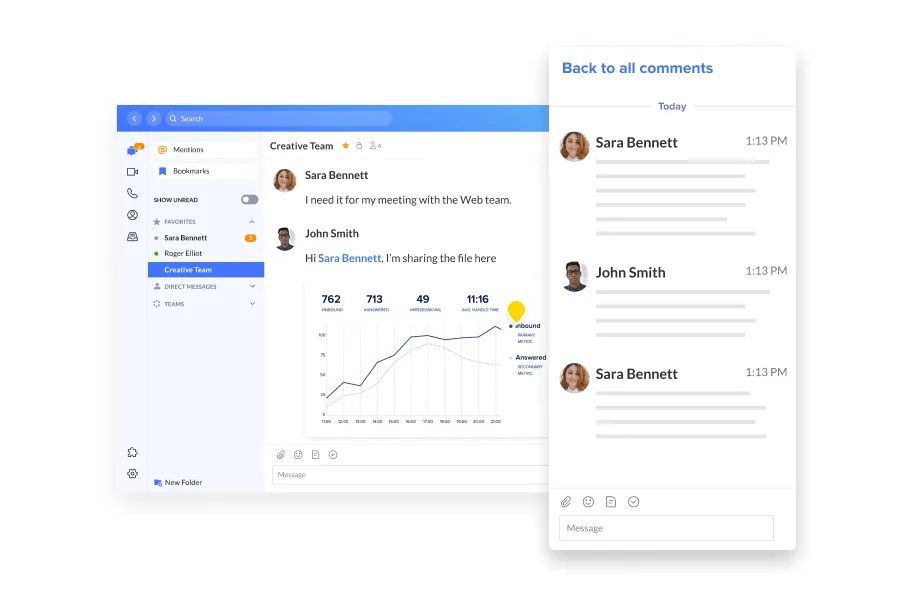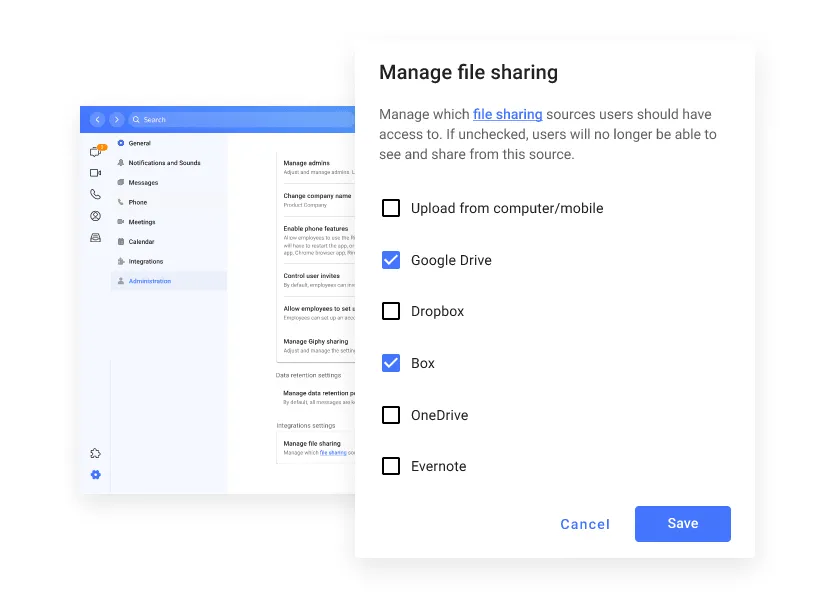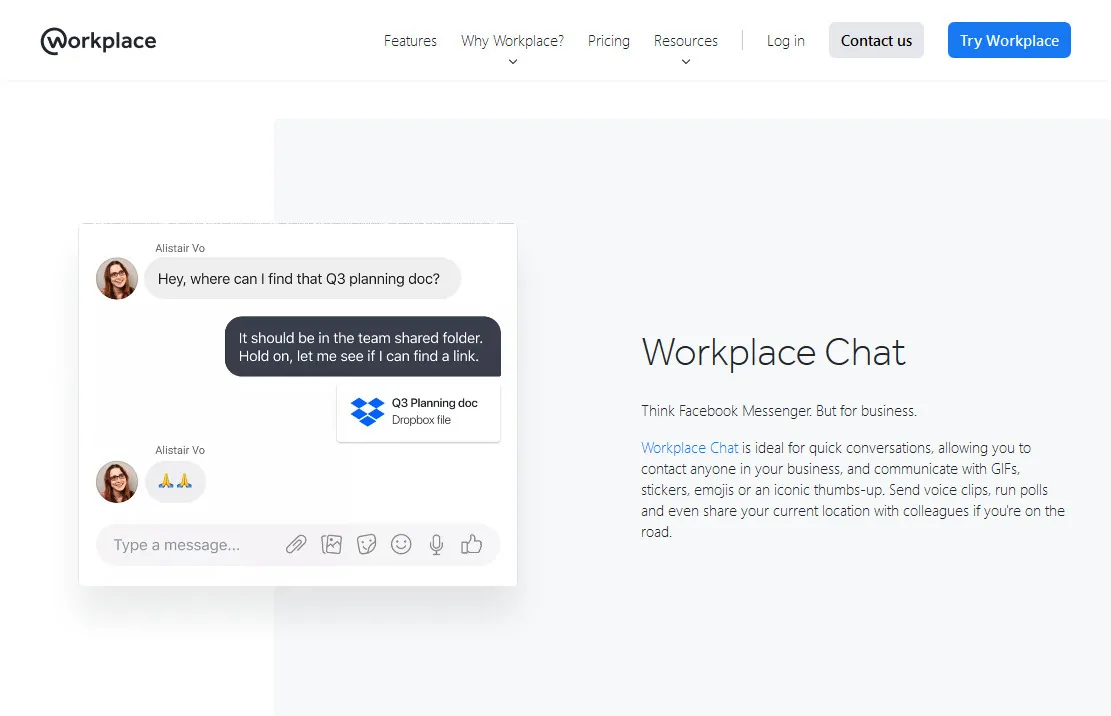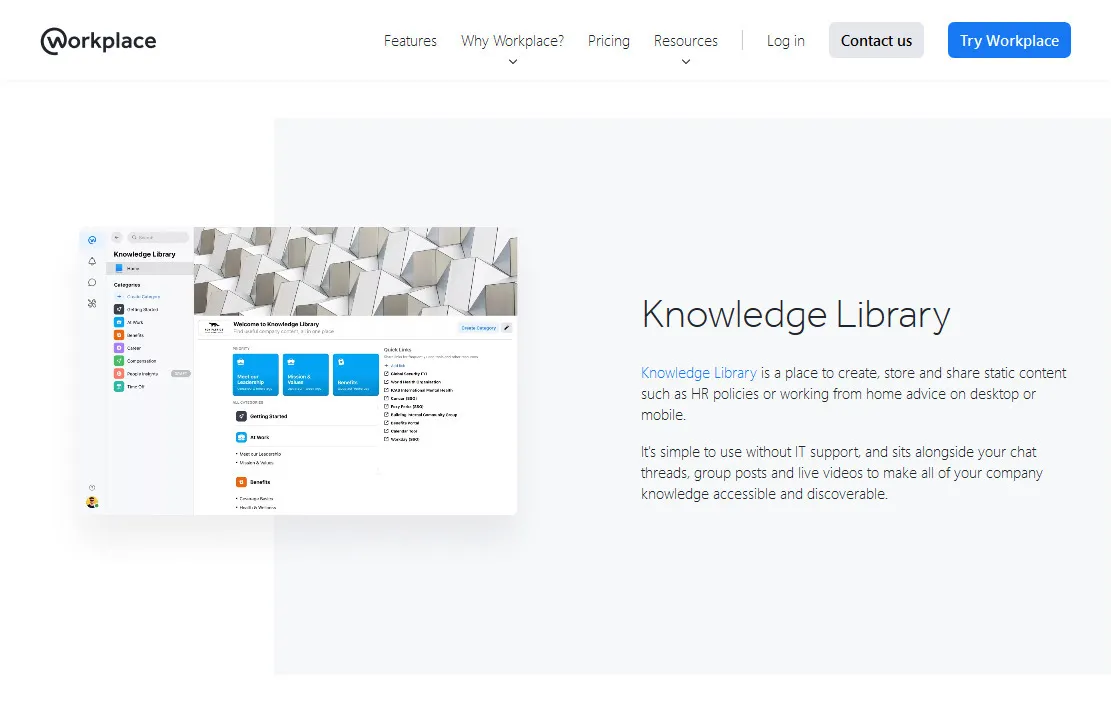RingCentral Video vs Workplace

The rise of smart communications software has made remote working so much simpler, connecting co-workers in locations around the world.
It’s also made it possible for organizations to reduce their reliance on email, as instant messaging apps and video conferencing enable team collaboration in real time.
There’s a whole bunch of messaging and collaboration apps to choose from, some offering more features than others. Two popular options are RingCentral Video, and Workplace from Facebook – but which is better? Our team has done the research for you, to find out how the apps measure up on the things that matter.
Firstly, let’s take a quick look at what they both do.




